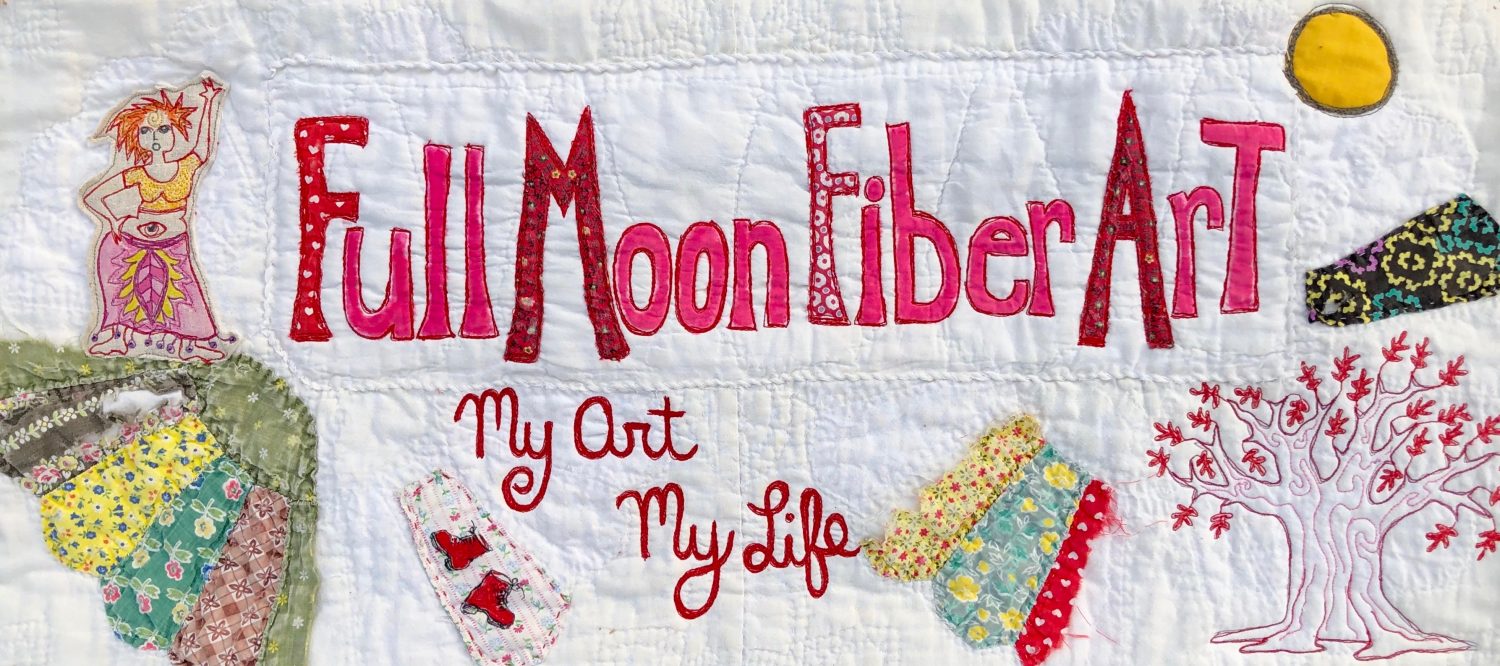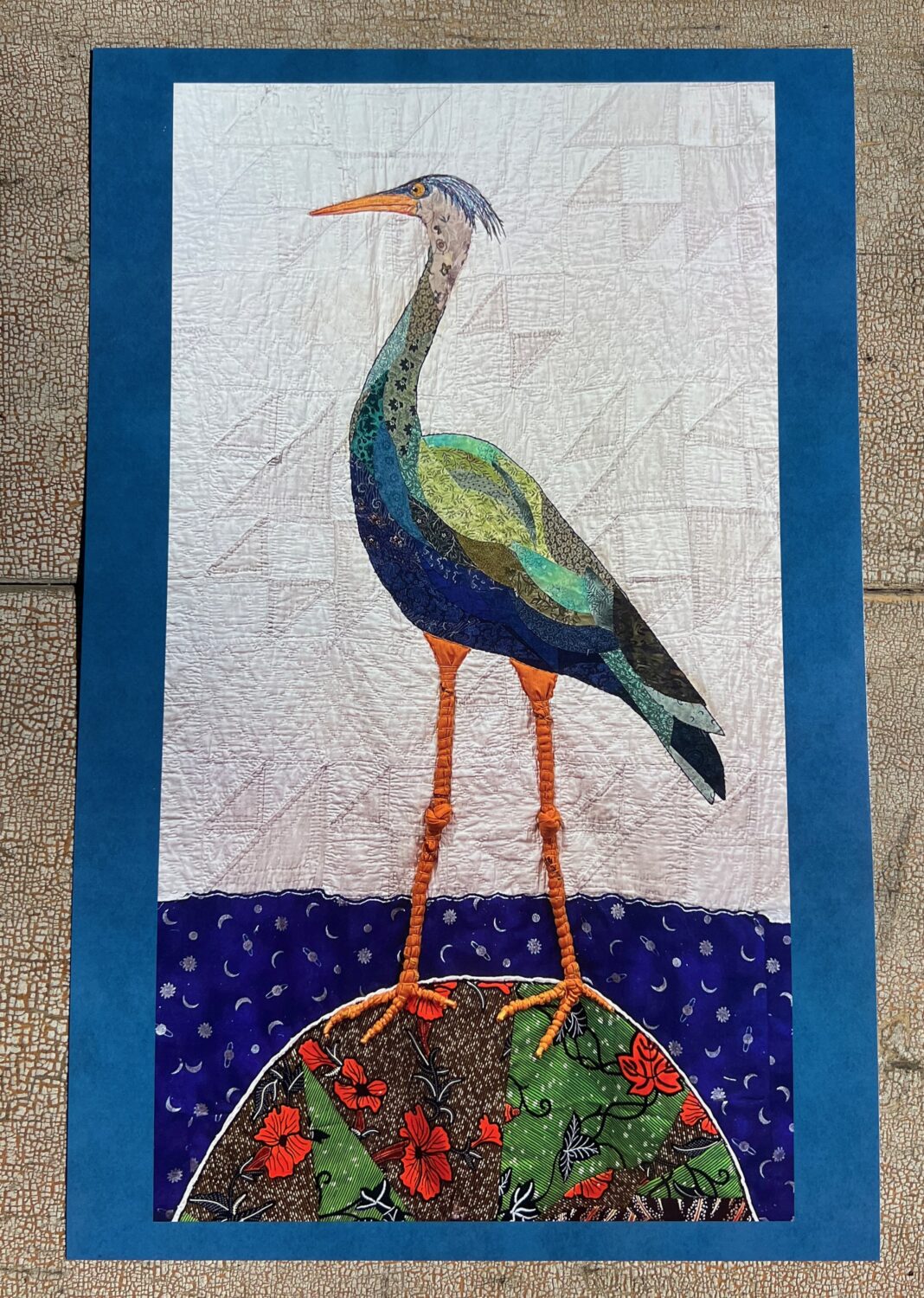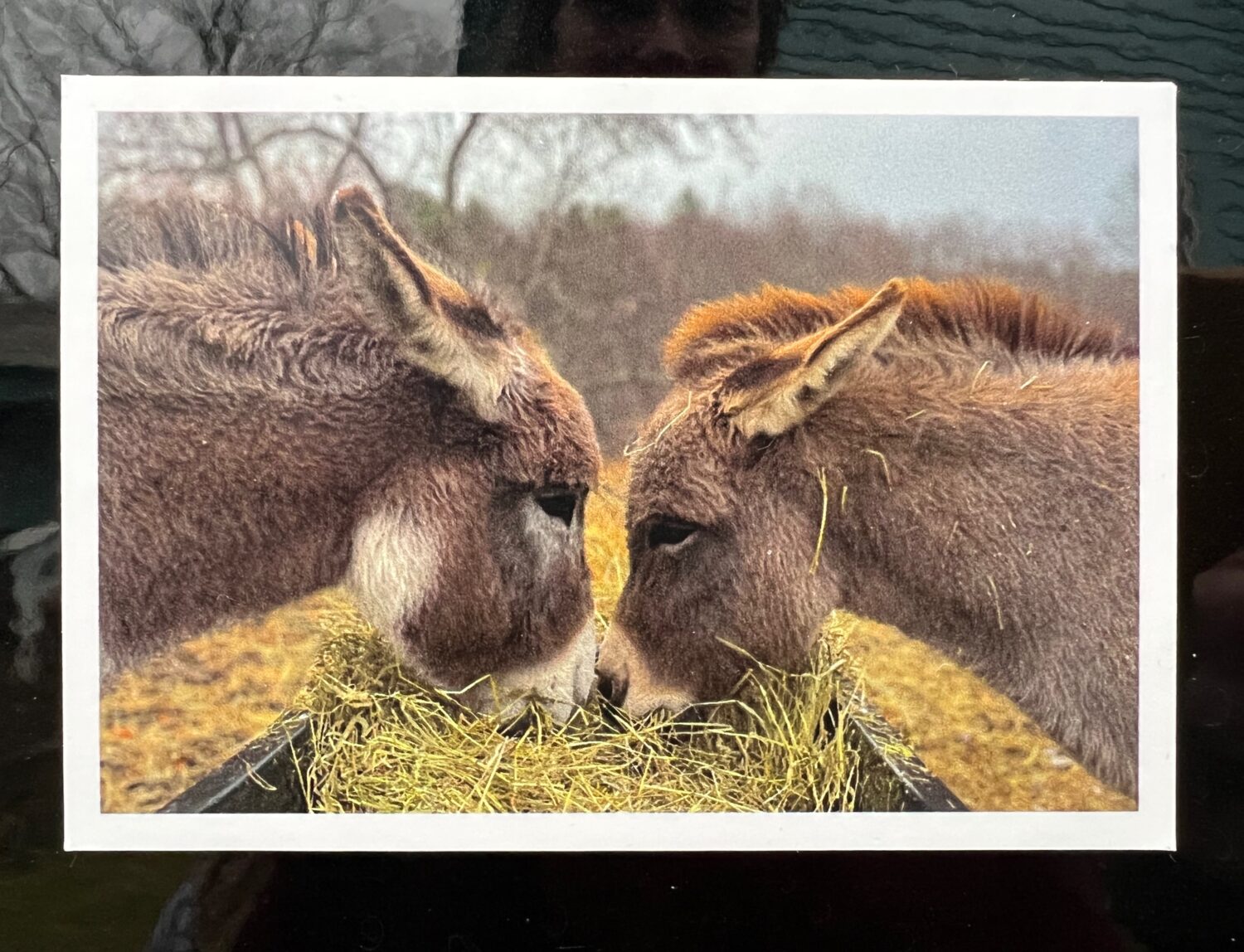
It’s one of those books that Jon teases me about, even though he got it for me.
The Language Of Butterflies, by Wendy Williams, tells so many fascinating stories about butterflies, I can’t help repeating some of them to Jon. Usually early in the morning while we’re still laying in bed.
He rolls his eyes and at the same time listens eagerly. “I get all the good stuff,” he says, “without having to read the book”.
This morning’s story was about Monarch Butterfly caterpillars.
As most people now know, Monarch Butterflies only lay their eggs on Milkweed. When the caterpillar hatches from the egg, the first thing she does is eat it for protein. Because she has no defenses against predators, the caterpillar is just about transparent.
She finds safety in being invisible.
After eating the egg, the caterpillar begins to eat the Milkweed leaves which are filled with latex. I was familiar with that white sticky substance that Milkweed bleeds, but never knew it was latex. I also didn’t know it was toxic.
A good percentage of the caterpillars die from eating the latex, but the ones that survive, taste bitter and are toxic to animals that may try to eat them. It’s when they have this protection that their colors begin to change.
The caterpillar goes from being invisible to having bright green and white stripes on their black bodies. Now it’s their visibility that protects them. Predators see their colors as a warning that they are poisonous and stay away. The same is true of their orange wings when they become butterflies.
I immediately related to this story when I read it. It was my story.
For most of my life, I made myself invisible, trying to stay safe. I didn’t speak up for myself. Growing up in my family, I believed I was being kind by giving myself away to other people, doing what they wanted me to do, and being who they wanted me to.
More than anything I wanted to belong. But I was really just hiding, afraid if I showed my true self they wouldn’t like me anymore and I would be rejected.
It took me 45 years, but when I finally began to learn how to protect myself, by doing and saying what I wanted instead of what others wanted of me, the true me started to emerge. The more confident I become with myself, the more I flashed my colorful stripes, the more “toxic” I become to the people and things that weren’t good for me.
And my fears of being ostracized began to come true. My husband at the time accused me of not being “nice” anymore. When I broke with the traditions of my family, they lost interest in me. I grew apart from my friends.
Because, for the first time in my life I was being true to myself, I began to find the people who liked me for who I really was. And the more I like myself, the more my fears of not belonging fade.
It’s a long process. Sometimes I feel like I’m still emerging, still drying my wings. And other times I feel like I’m fluttering my bright orange wings in the face of the unknown, trusting they’ll protect me.
One thing I know for sure, I’m no longer invisible.















This has the best imagery. I love hearing your story, it inspires me. I too grew up as a nice child, and morphed myself to fit others expectations. This encourages me to stay true to my true self.
And you encourage me to remember Melinda. Thank you.
Brilliant post!
Thank Kacy
What a process it is, Maria, to like ourselves. I can relate to your journey, to the decision to break free from what others expect, and to finally not NEED to belong to anyone or anything. And in the not needing to belong, find those to whom I do belong. It is lovely to know, too, that there are others who feel and have experienced what we have. We are truly not alone.
Thanks for writing Karla, it seems there are many of us out there and many of us are right here!
So well written Maria. A bright, beautiful butterfly indeed!
Milkweed was recommended by a Skin Doctor to get rid of warty growths called Hen & Chicks. Works really well.
Interesting Nancy.
We have lots of milkweed on our farm also, but I never knew what it was made up of. Thank you Maria for sharing that information with us. Your description of growing up and your feelings gave voice to things I have gone through to. Thank you for expressing those feelings that I never could put words to. Bless you Maria for everything you do and share with us.
I’m so glad to be able to do that Marsha. Thanks for letting me know.
That is the strangest looking Milkweed. Mine is nothing like that, I have three different kinds/colors for the Monarch’s. We seem to get less and less every year. I love to watch their amazing process.
I’ve read there are many kinds of Milkweed Antionette. I was surprised too that there were more than I was familiar with.
It’s so good to see you!
Thank you Jill.
Powerful. Love this Maria.
So true Maria. I had the same experience in trying to save myself from dying (literally) and chronic illness. I had to bust out and lost pretty much all of it – marriage, friends, home town.
A lot of people probably experience this – anyone breaking out of their status quo for sure. People around us rarely appreciate change and if we’re becoming healthier and happier, what the heck does THAT say?
I think it is more common than we know Elizabeth.
Wow! Part of this could be my story and I loved the way you told it. Showing ones true colors and warding off toxic people while being a beautiful butterfly taking care of herself is a wonderful story. (Not to discount the horrid parts of life but well, you know). I also grow milkweed but we don’t see many Monarchs here in Northern CA. The idea of adding to their places to live and reproduce feels good though.
There are probably a lot of us out there Linda, and yes, I know.:) I love that you’re making a habitat for Monarchs. From what I’ve read they change their flight patterns so you never know, you might attract some.